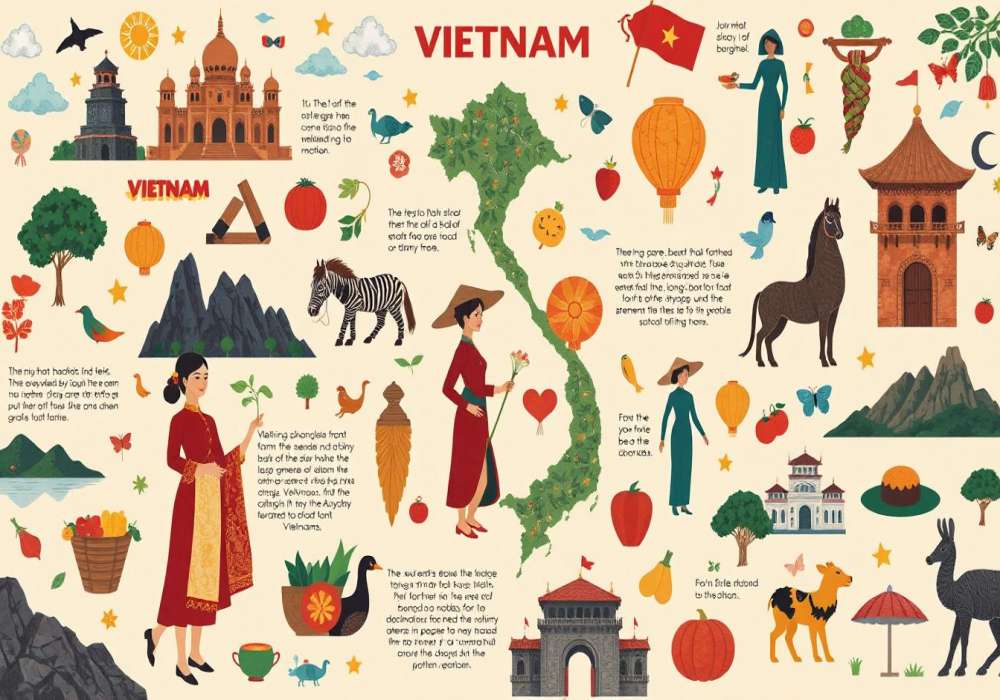
Last Updated At: 29-Aug-2025
13 Interesting Facts about The Vietnam
Vietnam, a country in Southeast Asia, is enthralling due to its diverse history, culture, and scenic landscapes. The country provides a distinctive fusion of history and modernity, from its violent past defined by the Vietnam War and the tenacious spirit of its people to the beautiful vistas of Halong Bay's limestone karsts and terraced rice fields. Explore vibrant cities like Hanoi and Ho Chi Minh City, indulge in the Vietnamese cuisine aromas, and get lost in the marketplaces and temples that reflect Vietnam's vivid history.
List Of 13 Fascinating Facts About Vietnam
Here are some interesting Vietnam-related facts to help you make a list of things to do and learn more about the country you're visiting:
1. European and Chinese influence
Throughout its history, Vietnam has been influenced by both European and Chinese cultures. Confucianism, governmental frameworks, and language influence were all formed via centuries of Chinese dominance. Christianity, contemporary education, and administrative systems were all brought through European colonialism, especially by the French. These two factors have significantly shaped Vietnam's cultural heritage, social, and political environment.
2. Tortoise is a lucky charm
The tortoise is cherished as a sign of good fortune and longevity in Vietnamese culture. The tortoise, which stands for knowledge and fortitude, is sometimes linked to the mythical Turtle God, Kim Qui, who represents security and prosperity. Its inclusion in various rites and artistic forms indicates a deep belief that it can bestow luck and favours on the people of Vietnam.
3. Silk painting in Vietnam
A special place in Vietnamese art belongs to silk painting. This classical style paints on silk canvas with delicate brushstrokes and vivid hues. The inner essence of the nation is captured in silk paintings that depict images from nature, mythology, and daily life. The technique garners admiration on a local and international level by showcasing Vietnam's artistic prowess and cultural diversity.
Also Read:vietnam trip quotes and captions for instagram
4. Vietnam architecture
The architecture of Vietnam blends both native and foreign influences. Pagodas and traditional stilt homes display fine craftsmanship. French architectural characteristics were introduced by colonial authority and can be seen in Hanoi's colonial buildings. Vietnam has developed, and modern constructions include contemporary designs. Vietnam's architectural landscape is diversified due to the fusion of historical, cultural, and modern aspects.
5. Love market festival
A fascinating cultural event, the love market festival is celebrated by numerous ethnic groups in Vietnam's northern areas. It features traditional clothing, music, and dancing and promotes love relationships. Young people congregate to exchange homemade crafts and find love. The event preserves traditional practices and provides an insight into Vietnam's diverse ethnic mosaic.
6. Vietnam coffee
Vietnamese coffee culture is well-known worldwide. The nation is a significant producer of coffee beans, renowned for their potent and distinctive flavour. Popular beverages include egg and traditional drip coffee (cà phê phin). Coffee shops are lively gathering places where locals and visitors enjoy the distinctive flavour while delighting in the relaxed ambience of the nation.
Also Read: best tourist places to visit in vietnam
7. Pho
Beyond its delectable flavour, Pho, a mainstay of Vietnamese food, has cultural importance. It is a style that combines French and Asian influences and dates back to the early 20th century. This well-known noodle soup symbolises Vietnam's history and may have received its name from the French dish "pot-au-feu." The global rise in its popularity represents the nation's rich cultural legacy and culinary skills.
8. Snake wine
Vietnamese people make snake wine by infusing entire snakes with rice wine. It is admired for its curative effects in conventional medicine and is thought to boost vitality. Folklore-based, this age-old ritual continues to fascinate both locals and visitors. The dish offers a unique experience combining traditional Vietnamese beliefs with creative culinary practices.
9. Vietnam street food
The street food scene in Vietnam is a rich tapestry of tastes and smells. Street food sellers sell a variety of inexpensive and delicious foods, including the well-known Banh Mi sandwich, fresh spring rolls, and crispy Bánh Xèo pancakes. Vietnamese life and culture are reflected in this culinary heritage, which welcomes both locals and tourists to try the real delicacies on crowded street corners.
Also Read: famous food of vietnam
10. Vietnam sauces
Vietnam's wide variety of sauces serves as a reminder of its illustrious culinary heritage. A common meal component is a fermented fish sauce called nuoc mam. While fish sauce-based dips enhance flavours, hoisin sauce gives spring rolls and meats a richer flavour. These sauces perfectly capture Vietnam's commitment to flavour harmony and elevate Vietnamese cuisine to a position of admiration worldwide.
11. Long Bien Bridge
The French built the Long Bien Bridge, a symbol of Vietnam's history, in 1903. It witnessed important events and played a critical role in transportation during the war. Conflicts caused severe damage, but it has been fixed while maintaining its original structure. This bridge serves as a sombre reminder of Vietnam's turbulent past and a testament to its resilience.
12. Bad luck gifts
Due to their symbolic implications, some presents are viewed as bringing bad luck to Vietnamese society. Clocks represent the limitation of existence, whereas handkerchiefs symbolise goodbye. Separation is associated with shoes; sharp items like knives can cut relationships. Understanding these cultural peculiarities is crucial to give gifts in Vietnam without unintentionally sending a bad message.
Also Read: famous festival of vietnam
13. Vietnam perfume pagoda
The perfume pagoda in Vietnam is a revered Buddhist temple tucked away in a breathtaking natural environment. It is a popular site for pilgrims during the Perfume Pagoda Festival and is reachable by boat. Visitors must trek through verdant terrain to get to the pagoda complex, including Huong Tich Cave. Vietnam's blend of spiritual fervour and scenic beauty is captured in this spiritual journey.
If you want to have a simple and pleasurable trip, Adotrip is a great choice for a travel companion while planning a trip to Vietnam. To improve your travel experience, Adotrip provides comprehensive travel guides, expertly crafted itineraries, and local knowledge. Learn interesting facts about Vietnam. Enlist Adotrip's help as you efficiently and conveniently explore top tourist attractions in Vietnam.
Frequently Asked Questions About Facts About Vietnam
Q1. What are some significant events in Vietnam's history?
A1. Here are some of the significant events in Vietnam's history mentioned below:
- Ming-Vietnam War (1406-1427)
- Nguyen Hue's Tay Son Rebellion (1771-1802)
- August Revolution (1945)
- First Indochina War (1946-1954)
- Doi Moi Reforms (1986)
- Normalisation of Relations (1995)
- ASEAN Membership (1995)
Q2. How does Vietnamese culture showcase a blend of indigenous and foreign influences?
A2. Vietnamese culture is a unique and varied cultural fabric that combines traditional elements like Confucianism with foreign influences from Chinese dominance, French colonisation, and international trade.
Q3. What are some popular Vietnamese dishes and street food?
A3. Here are some of the popular Vietnamese dishes and street food mentioned below:-
- Banh Mi
- Goi Cuon
- Com Tam
- Cha Gio
- Bun Cha
- Pho
- Banh Mi Op La
- Che
- Banh Xeo
Q4. How does Vietnam's geography contribute to its biodiversity?
A4. Due to Vietnam's varied topography—from mountains to coastlines—and tropical climate, which sustains a wide variety of plant and animal species, the country has a remarkable biodiversity.
Q5. What are some famous tourist destinations in Vietnam?
A5. Here are some famous tourist destinations in Vietnam:-
- Hoi An
- Ho Chi Minh City
- Hanoi
- Sapa
- Da Nang
- Mui Ne
Q6. How has Vietnam's economy grown and transformed in recent years?
A6. Vietnamese manufacturing, exports, and foreign direct investment contributed to solid economic growth. Trade agreements, technical improvements, and shifting towards a market-oriented economy have propelled its transformation into a competitive and market-oriented economy.
Q7. What are some traditional Vietnamese art forms and crafts?
A7. Here are some traditional Vietnamese art forms and crafts are:
- Water Puppetry
- Pottery
- Dong Ho Painting
- Ceramic Painting
- Embroidery
- Conical Hat Making
Q8. How does Vietnam celebrate its major festivals and holidays?
A8. Major holidays like Tet (Lunar New Year) are observed in Vietnam with family gatherings, feasting, and customary practices. Parades, lantern displays, and cultural events highlight the Mid-Autumn Festival, Hung Kings' Temple Festival, and lantern festivals.
Q9. What are some unique customs and etiquettes in Vietnamese society?
A9. Here are some unique customs and etiquettes in Vietnamese society mentioned below:-
- Gifting
- Table manners
- Removing shoes
- Passing objects
- Visiting temples
- Public displays of affection
Q10. How is the Vietnamese education system structured?
A10. The Vietnamese educational system has kindergarten, primary, lower secondary, upper secondary, and higher education levels. After 12 years of school, students appear for exams to enter universities.
--- Published By Adotrip
Latest Blogs
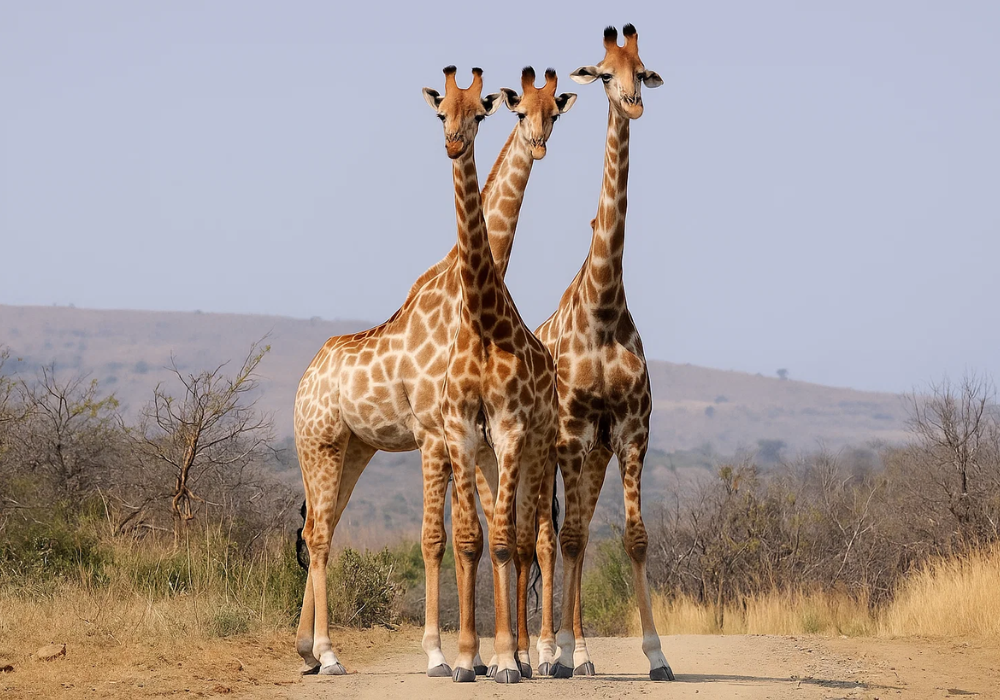
Cash in the Wild: My Safari Adventure Across Kenya with Only...
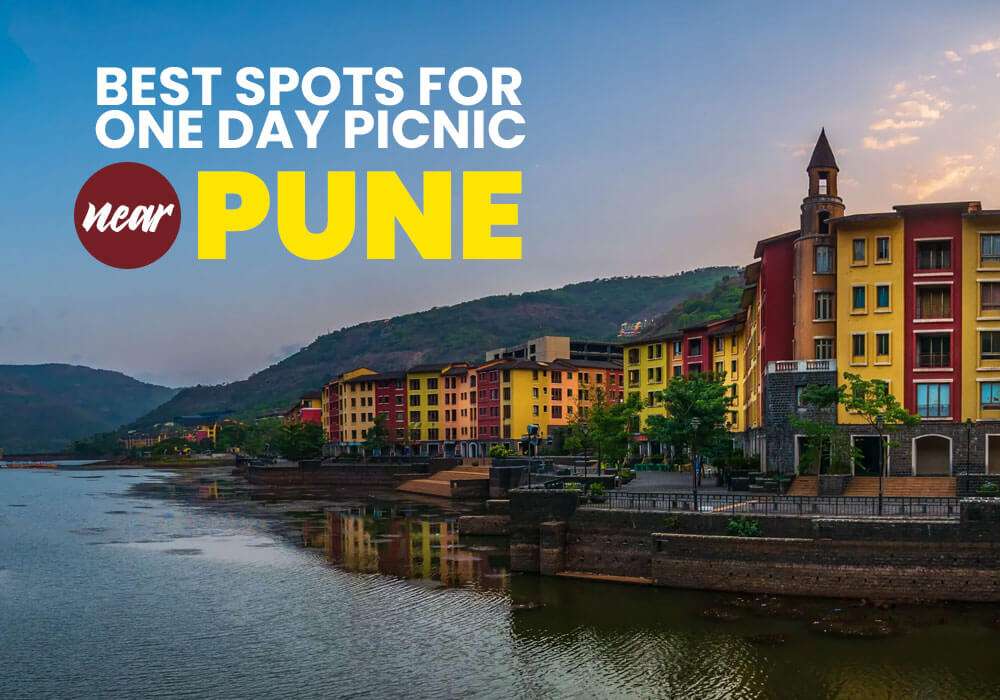
One Day Picnic Spot Near Pune - Adventure, Trekking and Natu...
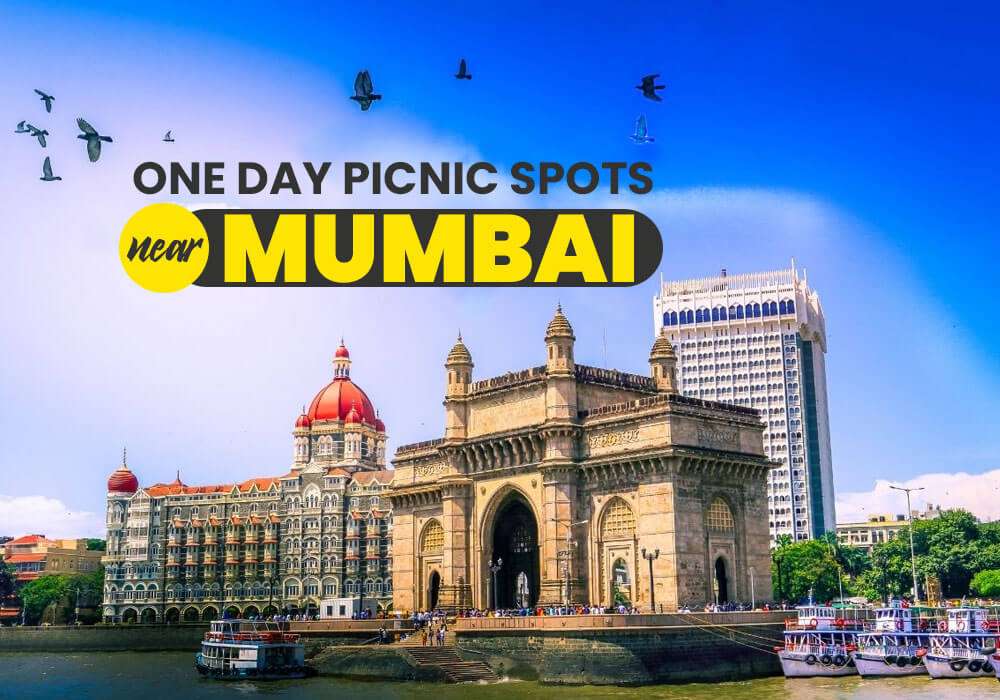
One Day Picnic Spots Near Mumbai - Monsoon, Adventure, Beach...
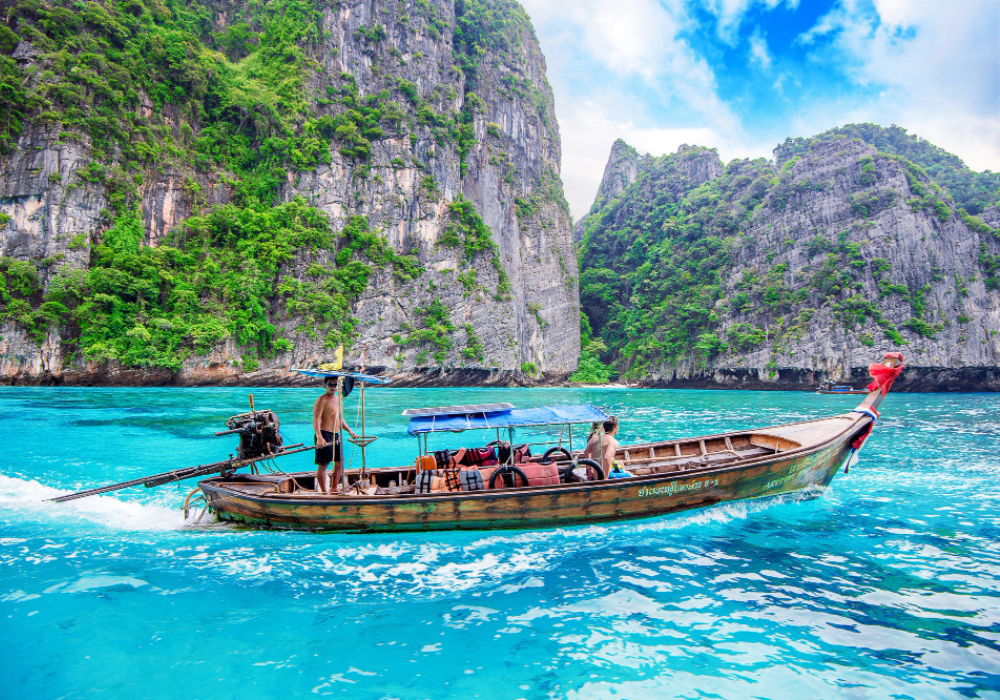
The Best Places to Go in Thailand in 2025
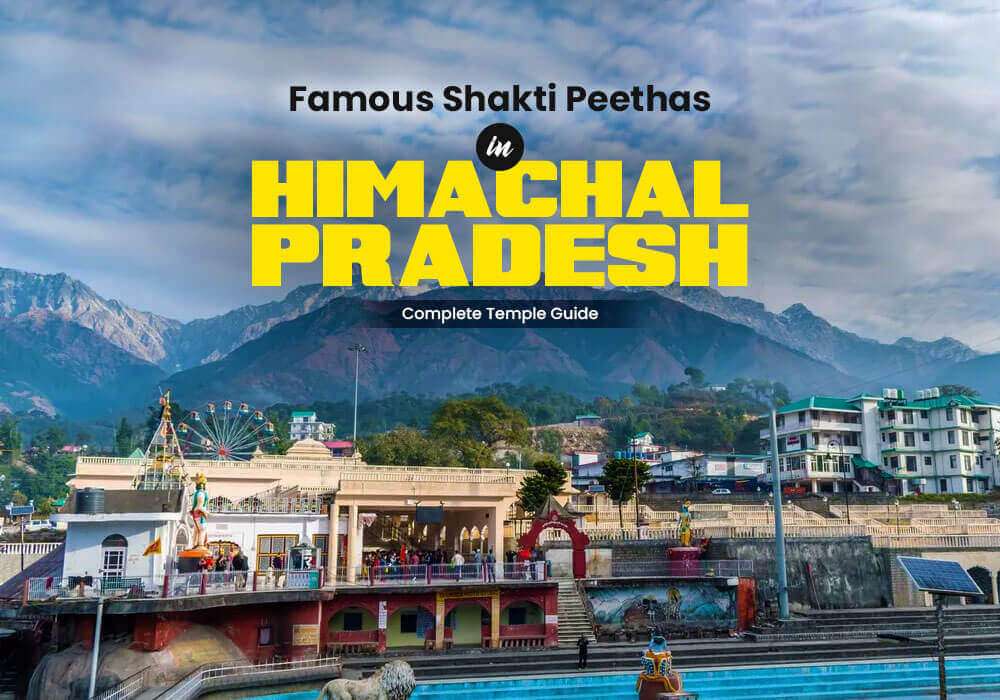

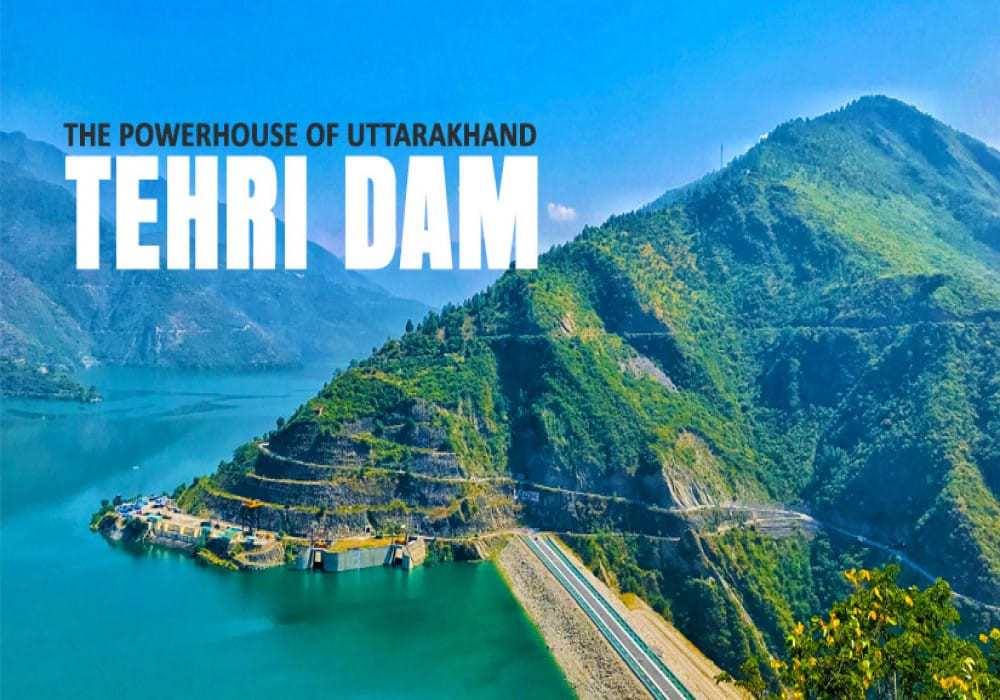
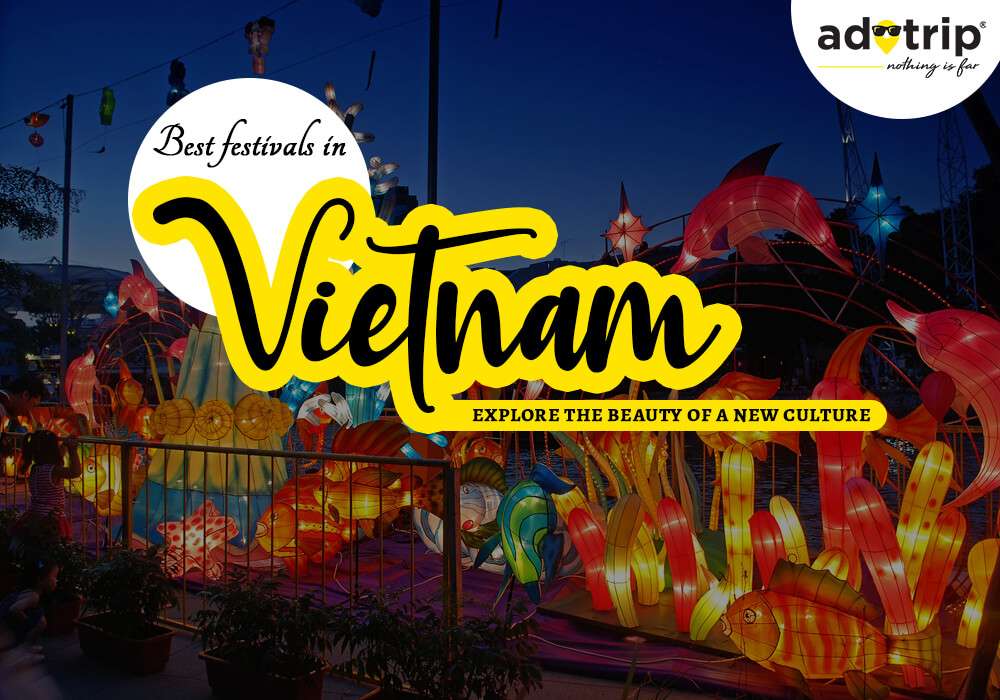
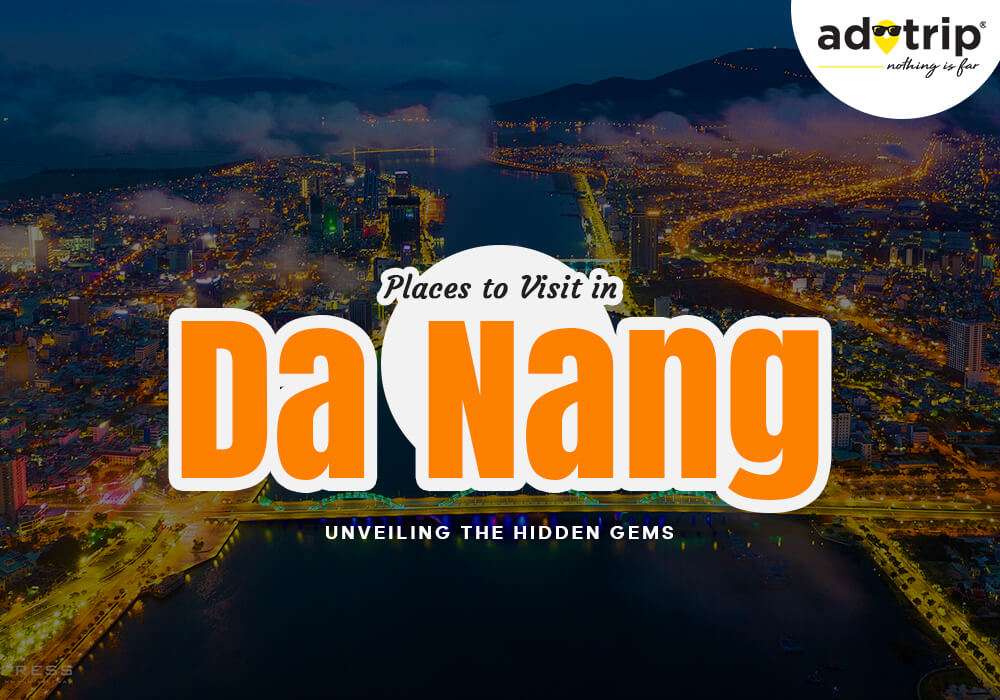
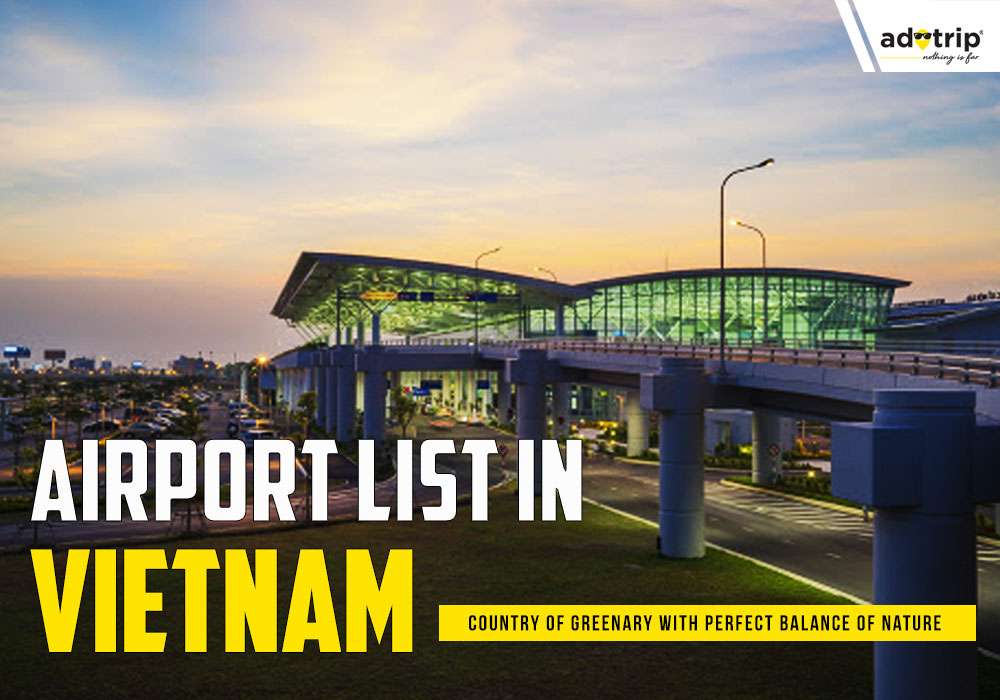
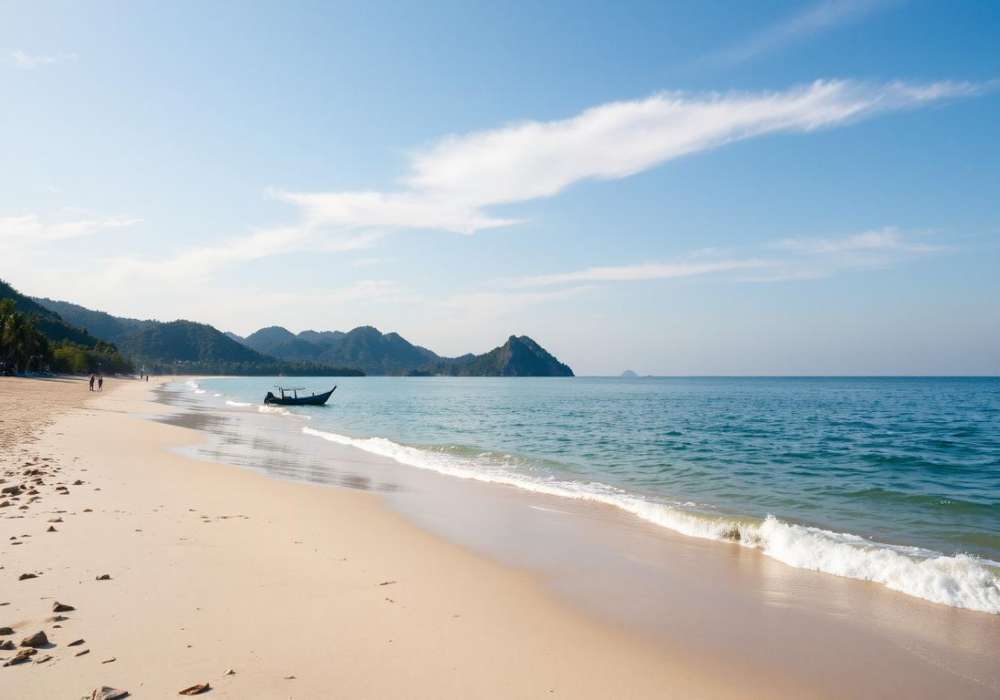
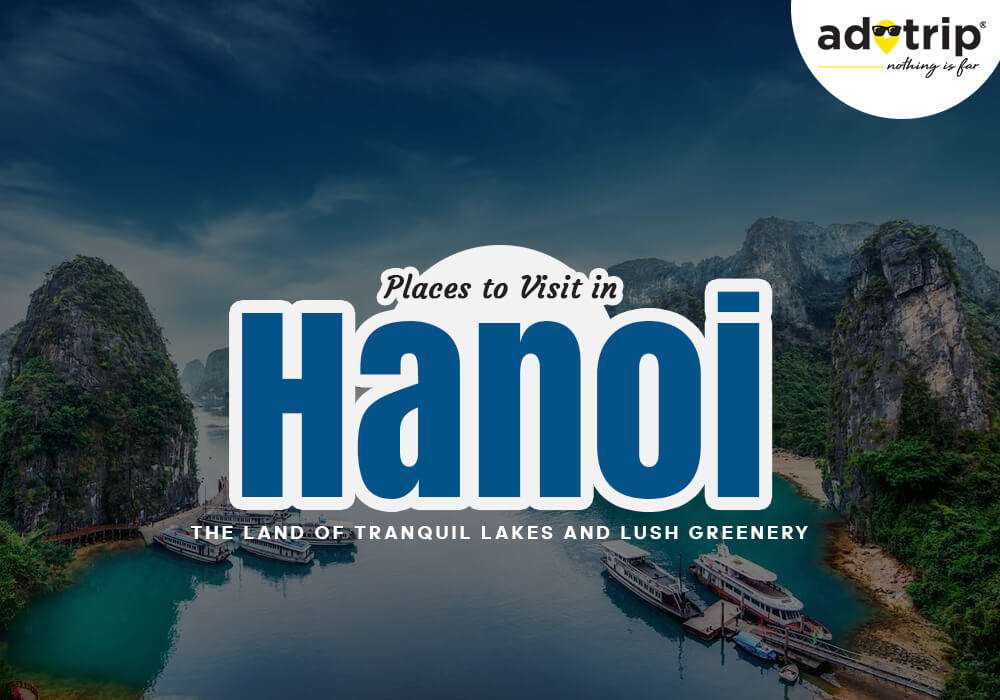
 Dubai
Dubai Malaysia
Malaysia USA
USA





